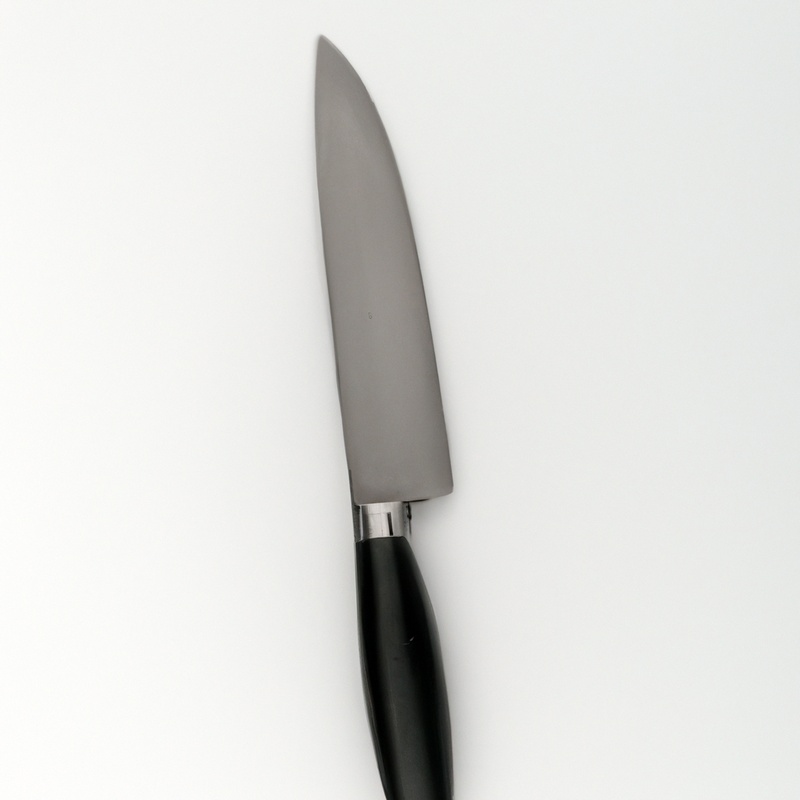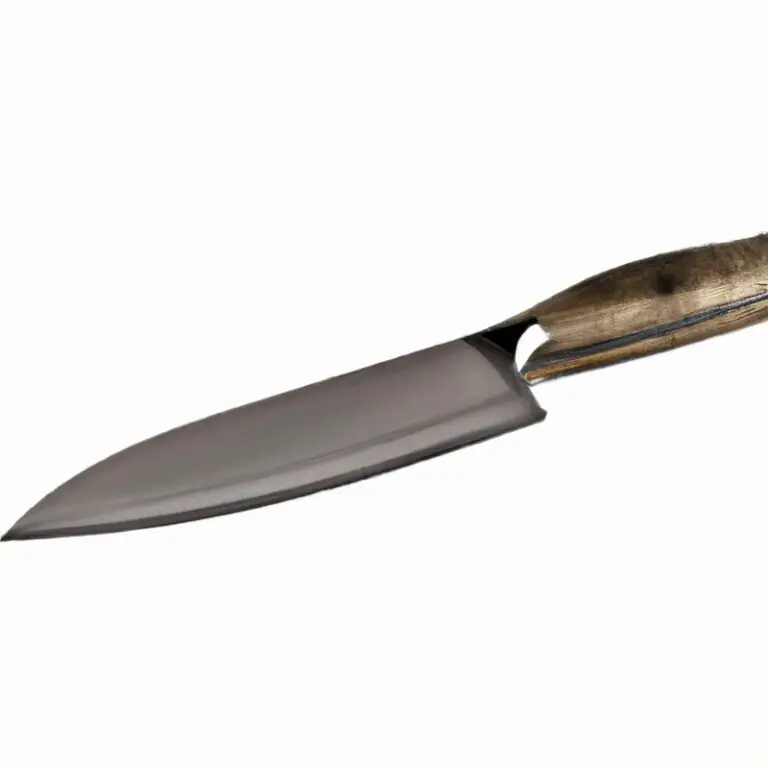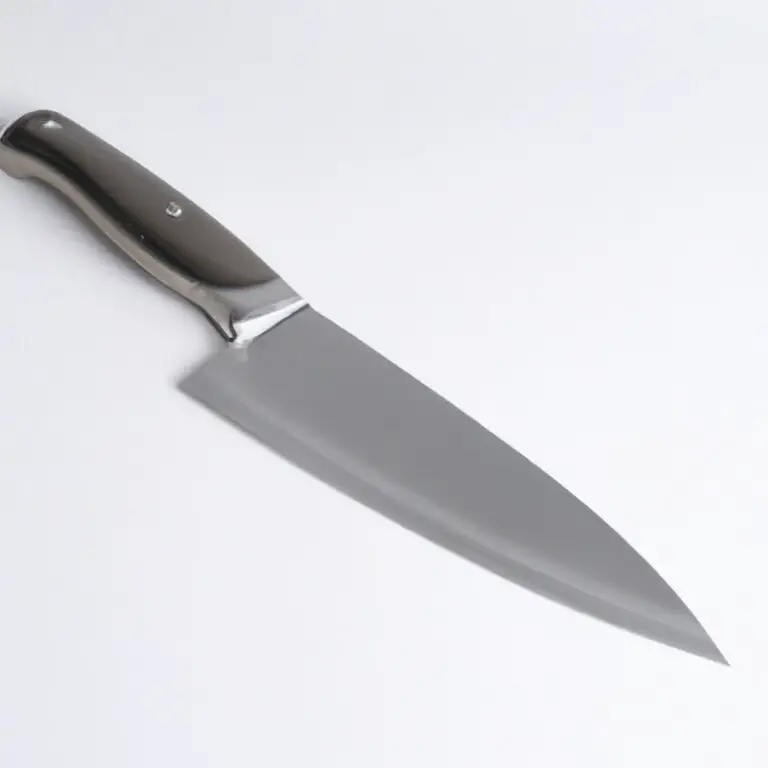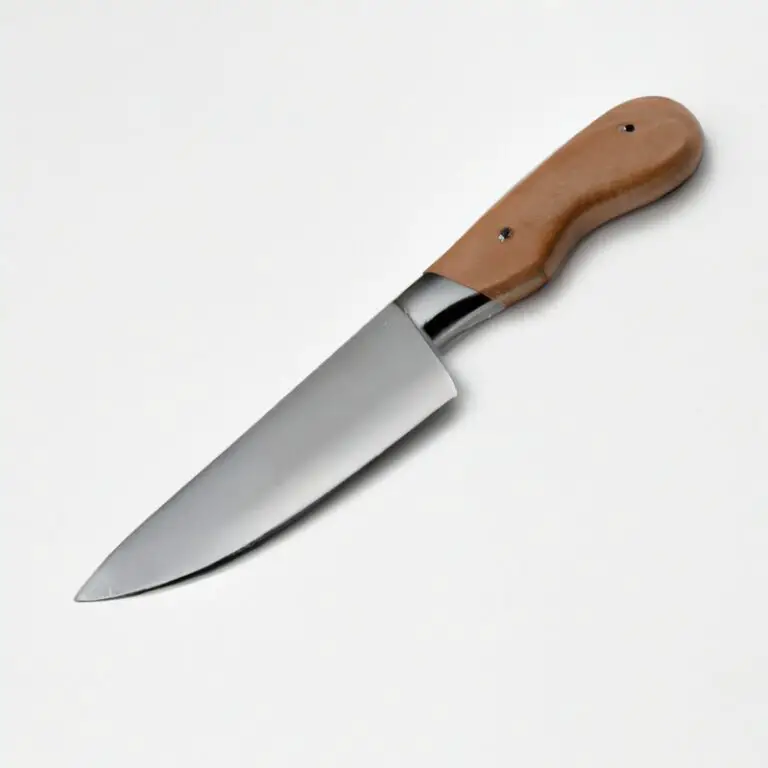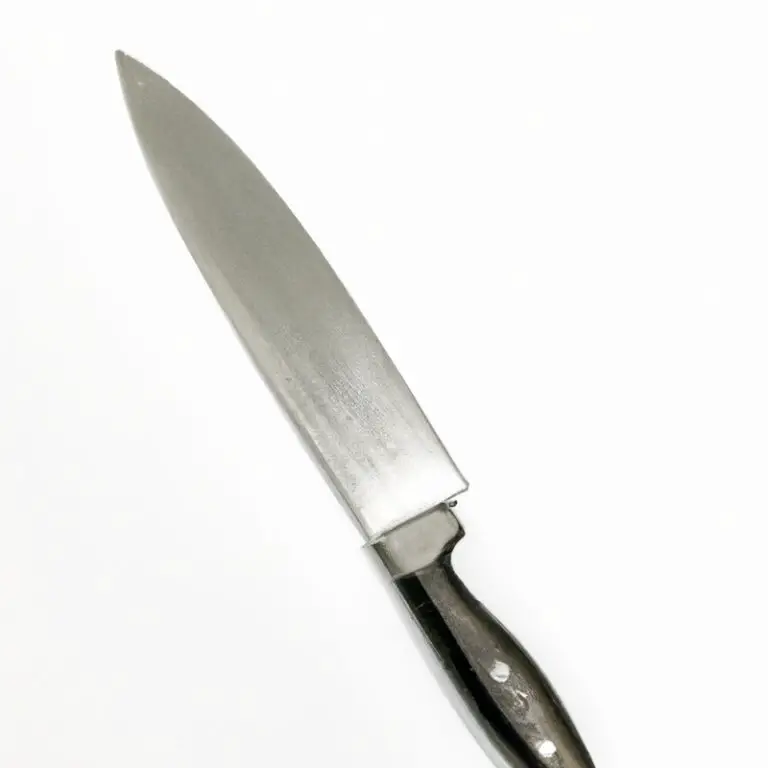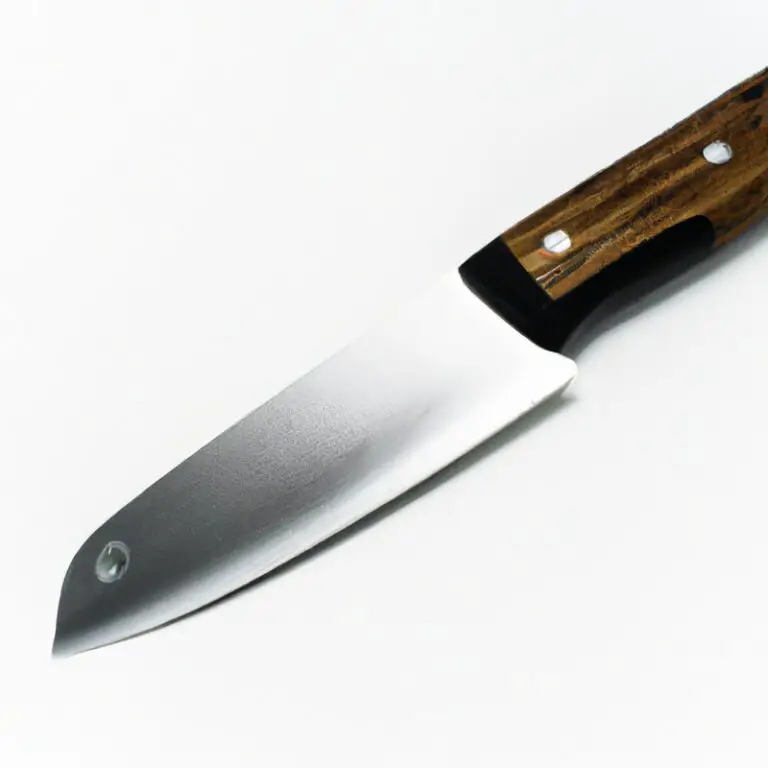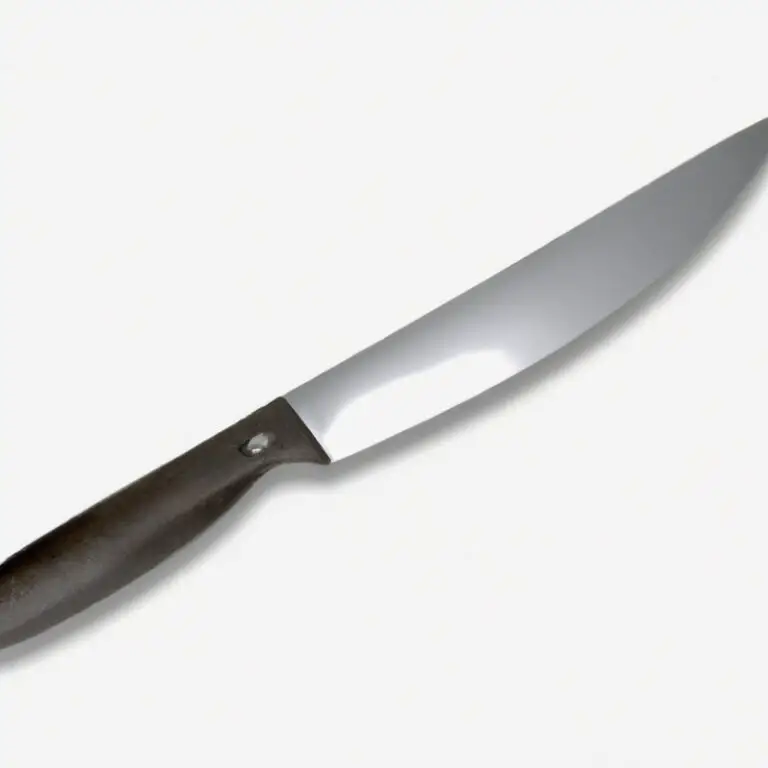How To Fillet a Round Fish Using a Fillet Knife: Simple Tips For Beginners
Key Takeaways:
- Start at the tail and work your way towards the head, using a sharp fillet knife to cut along the large bones of the fish.
- Use a gentle sawing motion to remove the fillet and carefully peel it away from the remaining bones.
- Pay attention to the anatomy of the fish and take care not to damage any delicate flesh.
- Practice makes perfect, so keep honing your technique to become a skilled fish fillet master.
Do you love eating fish but often shy away from buying a whole fish because you’re not sure how to fillet it? Well, fear not! Learning how to fillet a round fish using a fillet knife is easier than you might think.
With a little bit of practice and the right technique, you can master the art of filleting a round fish in no time.
In this blog post, I’ll guide you through the step-by-step process of preparing, cleaning, and filleting a round fish, and show you how to choose the right fillet knife for the task. So, let’s get started and impress your family and friends with your newfound fish filleting skills!
| Steps | Description |
|---|---|
| Step 1 | Prepare the fish by scaling it and removing all the fins. |
| Step 2 | Make an incision behind the gills and cut through to the spine. |
| Step 3 | Starting at the head, use the fillet knife to cut along the spine, separating the flesh from the bone. |
| Step 4 | Work the blade along the rib bones and use the other hand to pull the flesh away from the bones. |
| Step 5 | Repeat this process on the other side of the fish. |
| Step 6 | Remove the skin by placing the fillet skin-side down and sliding the blade between the skin and the flesh, using a back and forth motion. |
| Step 7 | Trim the fillets, removing any remaining bones or skin. |
Preparing to fillet a round fish
Before you start filleting a round fish, you need to prepare the fish properly. Here are the steps to follow for preparing the fish:
- Make sure your fillet knife is sharp and suitable for the task.
- Rinse the fish under cold water to remove any dirt, blood, or debris.
- Use a fish scaler or the back of a knife to remove the scales. Start from the tail and work towards the head.
- Cut the head off the fish by placing the knife behind the gills and cutting towards the fish’s head.
- Remove the tail by cutting through the flesh just behind it.
- Make a shallow cut along the fish’s spine, just behind the head.
- Insert the knife’s blade into the cut, and gently cut along the entire length of the fish, following the spine.
- Use the bones as a guide to cut the fillet away from the flesh.
- Repeat the same process for the other side of the fish.
- Discard the fish head and bones or save them to make fish stock.
- Clean your workspace and knives thoroughly after filleting the fish.
Choosing the right fillet knife for the task
Choosing the right fillet knife for the task is crucial for successful fish filleting. A flexible fillet knife with a sharp and thin blade is the ideal choice.
Its flexible blade makes it easier to maneuver around the bones and contours of the fish.
A sharp and thin blade will make clean cuts, reducing wastage and ensuring you get the most out of the fish. When choosing a fillet knife, consider its grip and weight.
A comfortable and secure grip on the handle is necessary to provide better control and agility around the fish’s bones.
A lighter knife will help reduce hand fatigue, enabling you to work on the fish for longer. It is essential to have the correct size of the fillet knife that matches the size of the fish you are working on.
A small fillet knife for a small fish and a larger knife for a larger fish is the rule of thumb.
Lastly, invest in a high-quality fillet knife that is easy to sharpen and maintain. Taking care of your fillet knife will ensure its longevity and performance, giving you consistent results every time you fillet a fish.
Cleaning the fish and removing scales
Before you start filleting a round fish using a fillet knife, it is important to clean the fish and remove the scales to ensure a safe and hygienic process. To clean the fish, rinse it under cold running water and scrape off its scales using a fish scaler or the blunt side of a knife.
You can also use a spoon to scale the fish.
Hold the fish firmly with one hand and use the scaler or knife to gently scrape off the scales starting from the tail towards the head. Once all the scales are removed, rinse the fish again to get rid of any remaining scales or debris.
Next, make sure to remove the fish’s internal organs, head, and tail.
Use a knife to make a cut from the gills to the vent, and remove the guts and other organs. By following these steps, you’ll have a clean and prepped round fish to fillet using your fillet knife.
Removing the head and tail of the fish
To remove the head and tail of the round fish, place the fish on a clean work surface with its spine facing up. Hold onto the head and cut through the spine just behind the gills with a sharp fillet knife.
Then, firmly grasp the tail and make a cut through the spine right before the tail fin.
Be sure to discard the head and tail appropriately. Removing the head and tail provides better access to the fish’s flesh and allows for easier skinning and filleting.
Cutting through the fish’s skin
To cut through the fish’s skin, place the fish on a cutting board and insert the tip of the fillet knife at the tail end of the fish, just above the skin. While holding the knife at an angle, gently cut through the skin in a sawing motion, using smooth, steady strokes.
Be sure to keep the blade of the knife as close to the skin as possible while cutting through it.
Continue cutting until you reach the spine of the fish. Pivot the knife, and cut along the spine to separate the fillet from the rest of the fish.
Repeat this process on the other side of the fish.
Be careful to avoid cutting through the bones, as this could cause the fillet to come apart.
Removing the fillet from the fish’s bones
To remove the fillet from a round fish’s bones, you need to make a small cut at the top of the fish’s spine and slide the knife down to the base of the tail. Then, cut the fillet following the rib cage to remove it from the bones.
Be careful not to cut through the bones.
Once you have removed the fillet, you can use a pair of tweezers to remove any remaining bones from the fish. Repeat this process for the other side of the fish.
It’s essential to handle the fish gently to avoid breaking bones or damaging the fillet.
Make sure your knife is sharp to make the process smoother.
Trimming the fillet to remove any remaining bones
Trimming the fillet is an essential step in filleting a round fish. After removing the fillet from the fish’s bones, it is crucial to take your time and thoroughly inspect the fillet for any remaining bones.
Use your fillet knife to carefully trim away any bones that you find, being sure not to remove too much of the fish’s flesh in the process.
Taking this extra step will ensure that your fish is bone-free and safe to eat. Once you have finished trimming the fillet, repeat the process on the other side of the fish, and your filleting job will be complete.
Remember to always handle your fillet knife with care to prevent any injuries.

Repeat the same process for the other side of the fish
Once you have successfully filleted one side of the round fish, it is time to repeat the process on the other side. Turn the fish over so the other side is facing up and begin by making a cut behind the gills and down towards the backbone.
Release the skin from the flesh by holding the tail and cutting horizontally along the spine.
Then, use the same technique to remove the fillet from the other side of the fish as you did on the first side. Use the fillet knife to cut along the rib bones, releasing the fillet from the spine.
Once you have filleted both sides of the fish, check the fillets for any remaining bones or scales, and remove as needed.
The fillets are now ready to cook or freeze for later use. Remember to use caution when filleting a round fish, as the knife is sharp and can be dangerous.
Take your time and be patient, as each fish varies in size and shape.
Saving the fish bones and head for fish stock
Don’t discard the fish bones and head after filleting your round fish, as they can be used to make a hearty and flavorful fish stock. Fish stock is a versatile base for soups and sauces that can enhance the flavor of your favorite seafood recipes.
To make fish stock, simply simmer the cleaned fish bones and head in a pot of water with some herbs and aromatics for a few hours, then strain the liquid.
You can store the fish stock in the refrigerator or freezer to use whenever you need it. Saving the fish bones and head not only reduces food waste but also adds depth and richness to your dishes.
Cleaning up after filleting the fish
Cleaning up after filleting the fish is an essential part of the process to ensure food safety and maintain hygiene. It involves removing all the scales, bones, and other debris left on the cutting board, utensils, and your hands.
First, discard the fish’s head, bones, and tail into a separate container to use for fish stock later.
Then, use a sharp knife or scraper to remove any leftover scales from the cutting board and utensils. Use soap and hot water to clean the utensils and cutting board thoroughly.
Rinse with hot water and let them air dry.
Finally, wash your hands with soap and warm water, scrubbing for at least 20 seconds. These simple steps will help you avoid cross-contamination and ensure that your kitchen stays clean and safe.
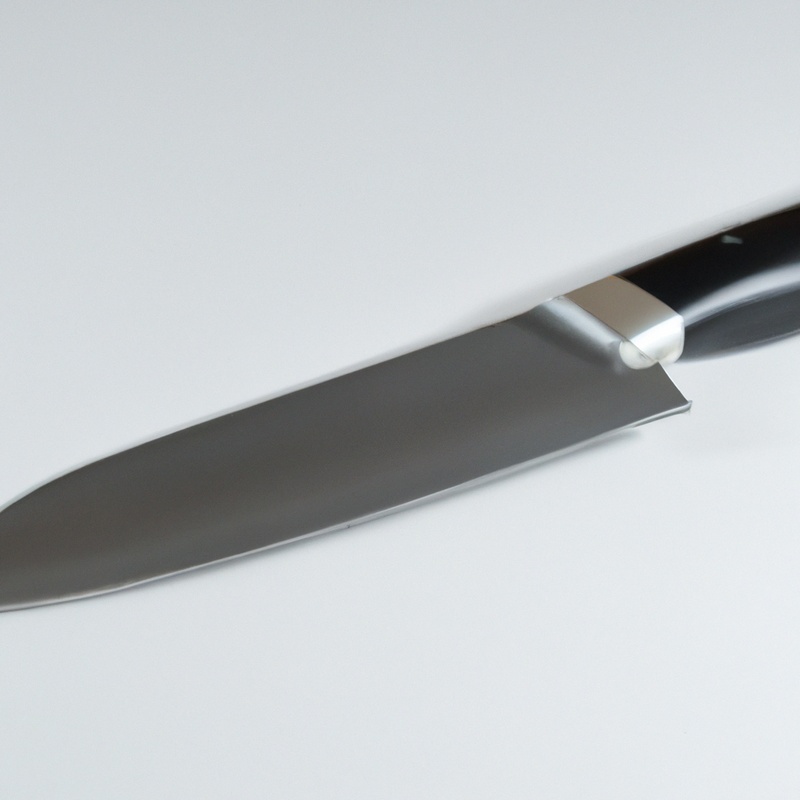
Final Verdict
Knowing how to fillet a round fish using a fillet knife is an essential skill for any home cook or professional chef. By following the steps outlined in this article, you can prepare a fish fillet that is both pleasing to the eye and delicious to eat.
Remember to choose the right fillet knife, clean the fish properly, remove the head and tail, and cut the fillet carefully to avoid wasting any meat.
Additionally, saving the fish bones and head for fish stock is a great way to add flavor to your dishes and reduce waste. As you practice your filleting skills, you’ll become more confident and efficient in your technique.
With patience and practice, you can take on any round fish with ease.
So go ahead and give it a try, and impress your guests with your new-found culinary prowess!

